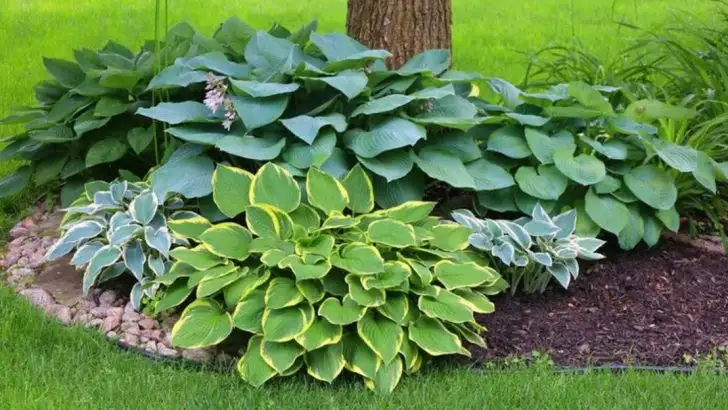Shade isn’t a death sentence for your garden! You’ve been told those dark corners will only host ferns and pitying sighs. But some plants refuse to play wallflower—and some flat-out refuse to flower at all. Meet 12 leafy workhorses that rock steady green without ever flashing a single bloom. Hostas lounge like velvet cushions. Heucheras show off foliage so rich you’ll forget flowers exist. And Japanese painted ferns shimmer in moonlit patches. Then brace yourself for 12 undercover stars that sneak color into shadows. Impatiens wink with bold pink. Begonias burst in coral fireworks. Even coleus can surprise with hidden flowers peeking from serrated leaves. Whether you crave quiet elegance or secret splashes of hue, your shady spots can hold their own. Prepare to rethink what happens beneath the canopy—and let even the darkest corners steal the show!
Hosta
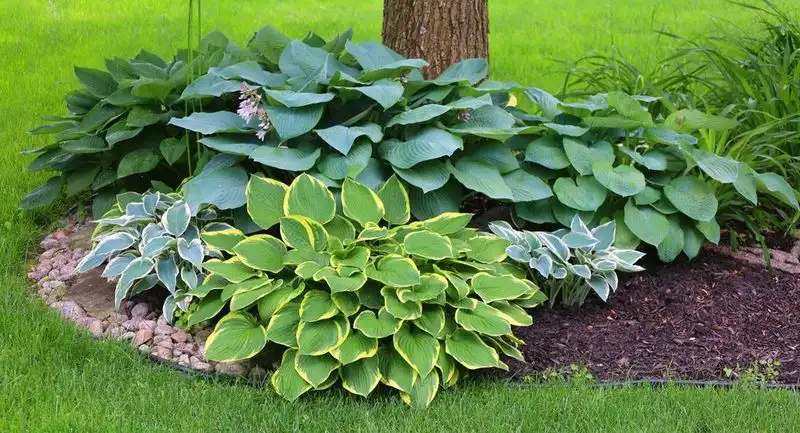
Hostas are beloved for their lush foliage rather than flowers. These hardy plants thrive in shaded areas, offering an array of leaf shapes and colors. Their leaves range from deep green to blue-grey and even variegated patterns. Hostas make an excellent choice for adding texture and depth to gardens.
Ferns

Ferns evoke a sense of mystique with their intricate fronds and ancient lineage. These non-flowering plants prefer the cool embrace of shade, thriving in damp, woodland settings. With their delicate, lacy leaves, ferns contribute an ethereal charm to any garden or indoor space.
Snake Plant
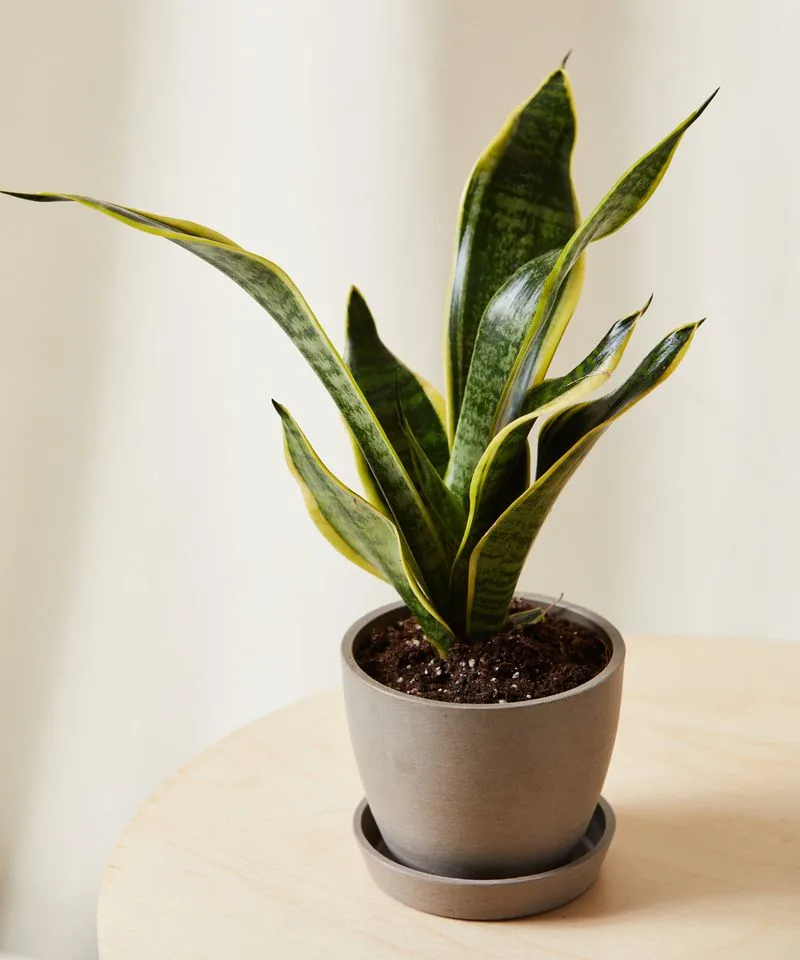
The snake plant, or Sansevieria, stands tall with its sword-like leaves, offering structural elegance without blooms. This hardy plant thrives in low-light conditions and requires minimal care, making it a popular choice for indoor environments. Its striking foliage adds a modern touch to any decor.
Peace Lily
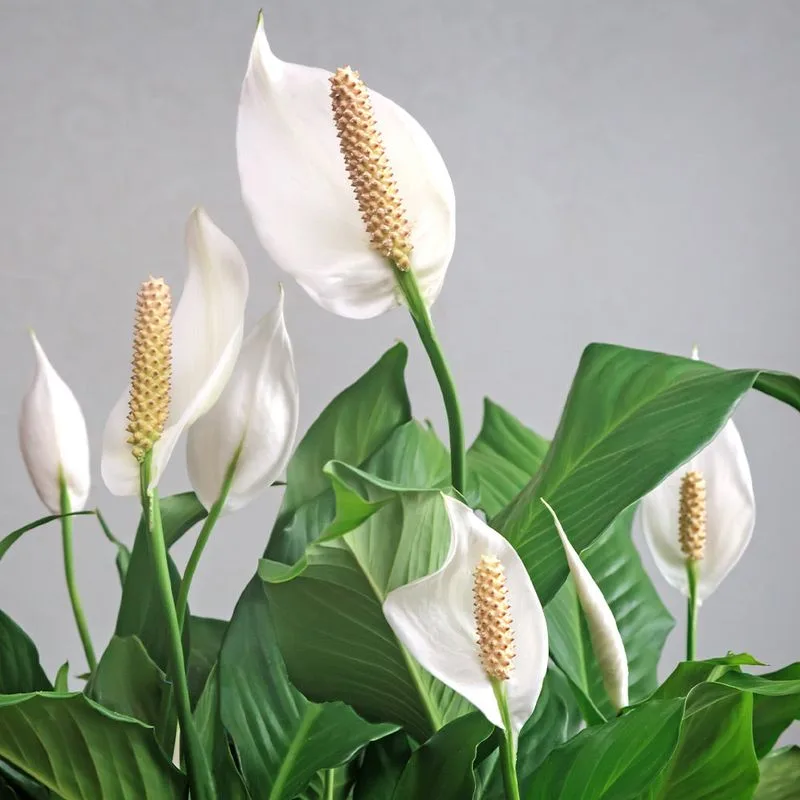
While often grown for its distinctive white flowers, the peace lily’s glossy leaves are a sight to behold. It excels in low-light areas, providing air-purifying benefits and a sense of tranquility. The peace lily’s elegant, arching leaves make it a favorite among indoor plant enthusiasts.
ZZ Plant
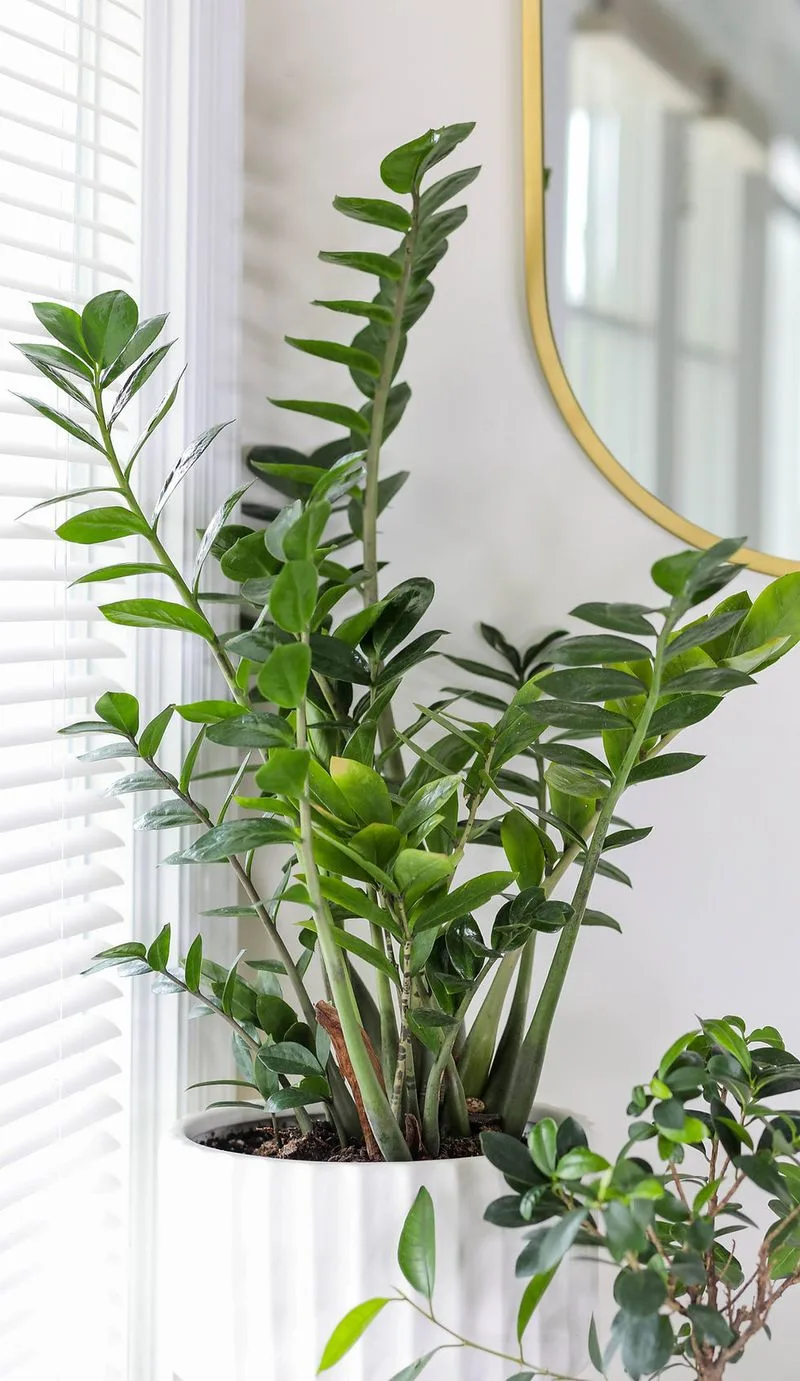
The ZZ plant is celebrated for its glossy, dark green leaves that glisten under low light. This resilient plant is perfect for those seeking beauty without blooms. Its sturdy stems and ability to thrive on neglect make it an ideal choice for busy individuals or beginner gardeners.
Aspidistra
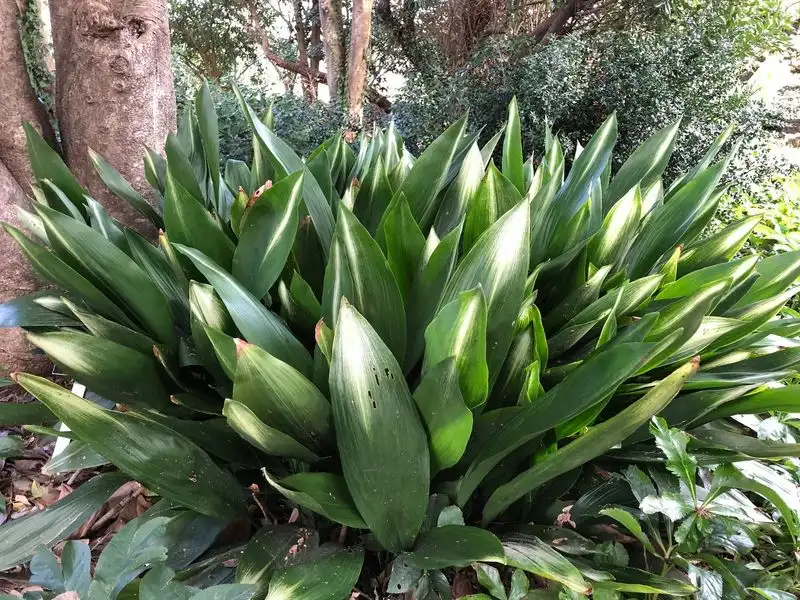
Also known as the cast iron plant, Aspidistra thrives in low-light conditions and is known for its resilience. With long, lush leaves that add elegance to any space, it’s a favorite for shaded gardens and indoor decor. Aspidistra’s timeless charm lies in its simplicity and durability.
Calathea
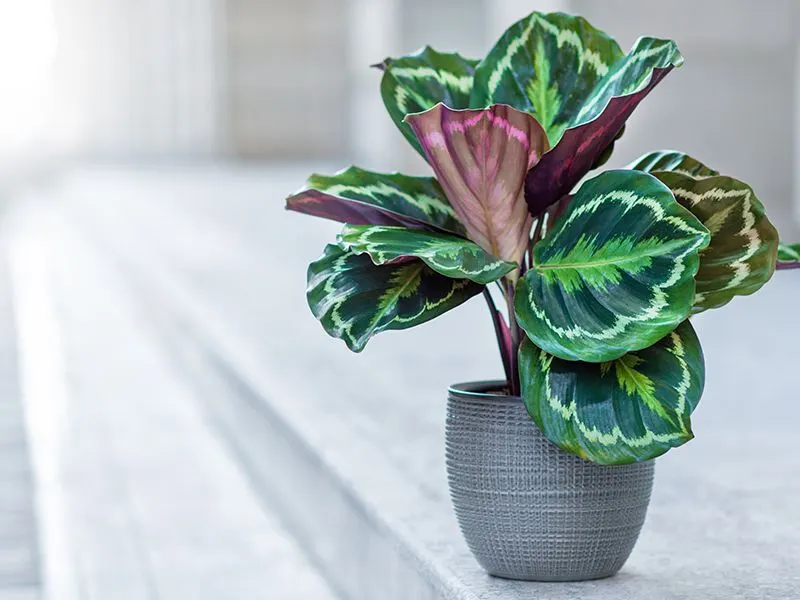
Calatheas are celebrated for their striking foliage, with leaves showcasing intricate patterns and vibrant colors. Despite their lack of flowers, these plants bring life and interest to shaded areas. Known for their unique leaf movements, calatheas add a dynamic element to indoor spaces.
Cast Iron Plant
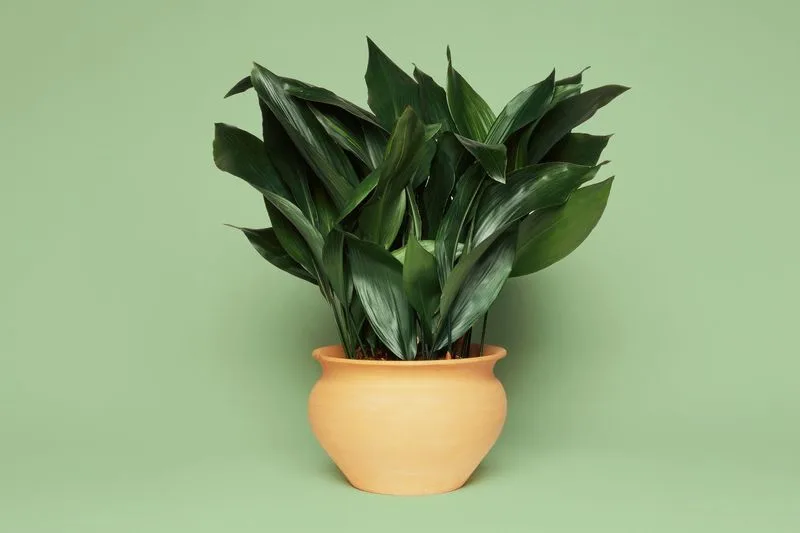
True to its name, the cast iron plant is incredibly hardy and thrives in low-light conditions. Its robust, dark green leaves withstand neglect and add a classic touch to gardens and homes. This non-blooming plant is perfect for those seeking low-maintenance greenery with enduring appeal.
Rex Begonia

Rex Begonias captivate with their colorful, patterned leaves, offering a kaleidoscope of shades and textures. Although they don’t bloom, their foliage steals the show in shaded areas. These begonias require some care but reward with visual interest and a touch of the exotic in gardens or indoors.
Ghost Plant
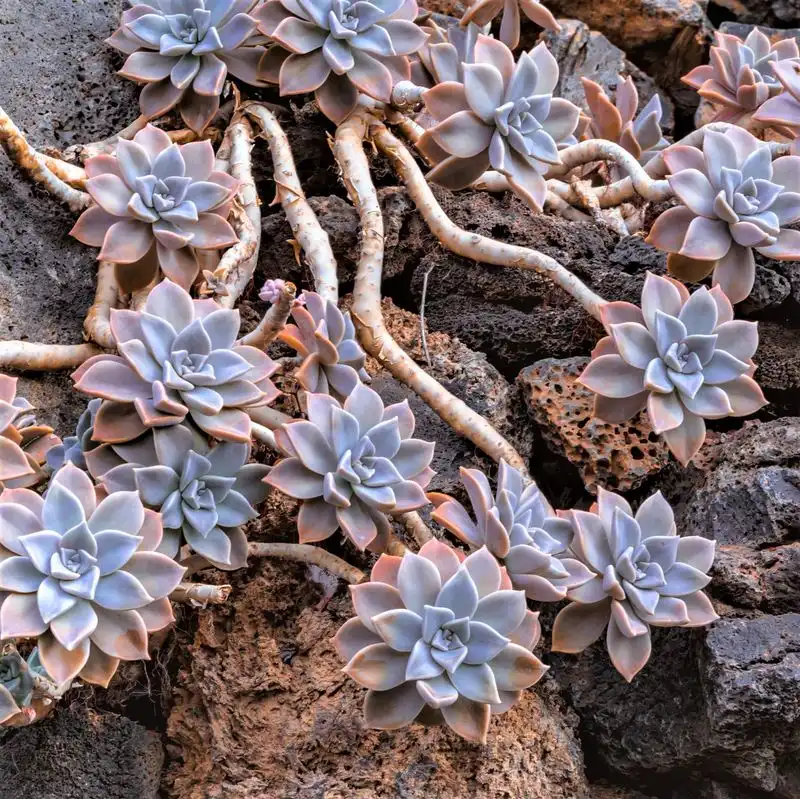
The Ghost Plant, a succulent known for its pale, silvery leaves, thrives in shaded rock gardens. These non-blooming plants add an ethereal quality with their rosette formations. Known for their drought resistance, they require minimal maintenance while offering unique visual appeal.
Japanese Forest Grass
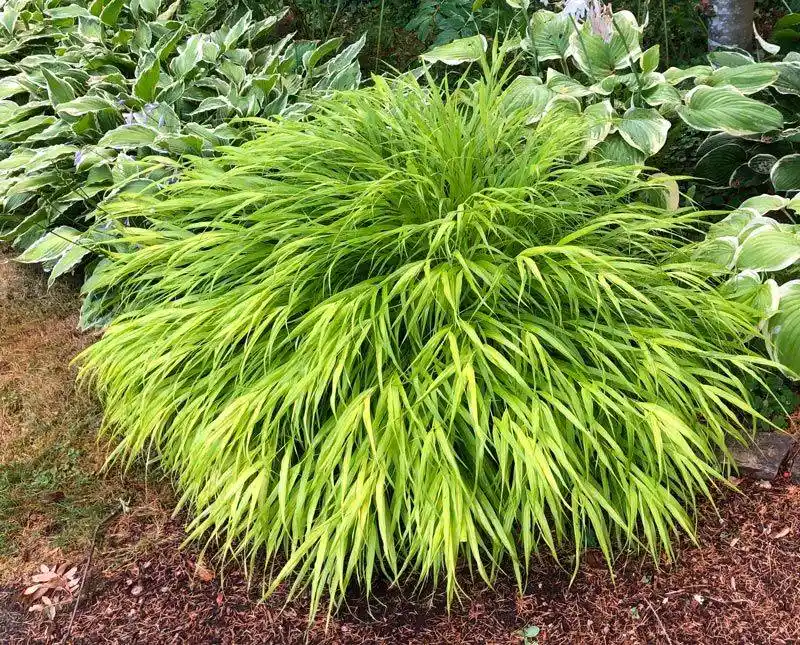
With its graceful arching blades, Japanese Forest Grass adds a soft splash of golden-green to any shaded garden. This plant doesn’t bloom, but it lends a sense of movement and elegance with its gentle sway.
Perfect for those who appreciate subtle beauty, it thrives without the need for flowering. It’s adaptable, making it a favorite among gardeners seeking texture over blossoms.
Fun fact: Known for its ornamental value, Japanese Forest Grass can transform any dull corner into a serene retreat, proving that not all beauty needs a bloom.
Coral Bells

Coral Bells captivate with their vivid foliage rather than flowers. The leaves come in an array of colors, from purples and reds to greens, making them a lively addition to shaded areas.
While they do bloom occasionally, their foliage steals the show with its rich diversity and striking patterns. Gardeners love them for this reason alone.
Did you know? Coral Bells are named for their tiny bell-shaped flowers, which are charming yet secondary to the plant’s dramatic leaves.
Siberian Bugloss
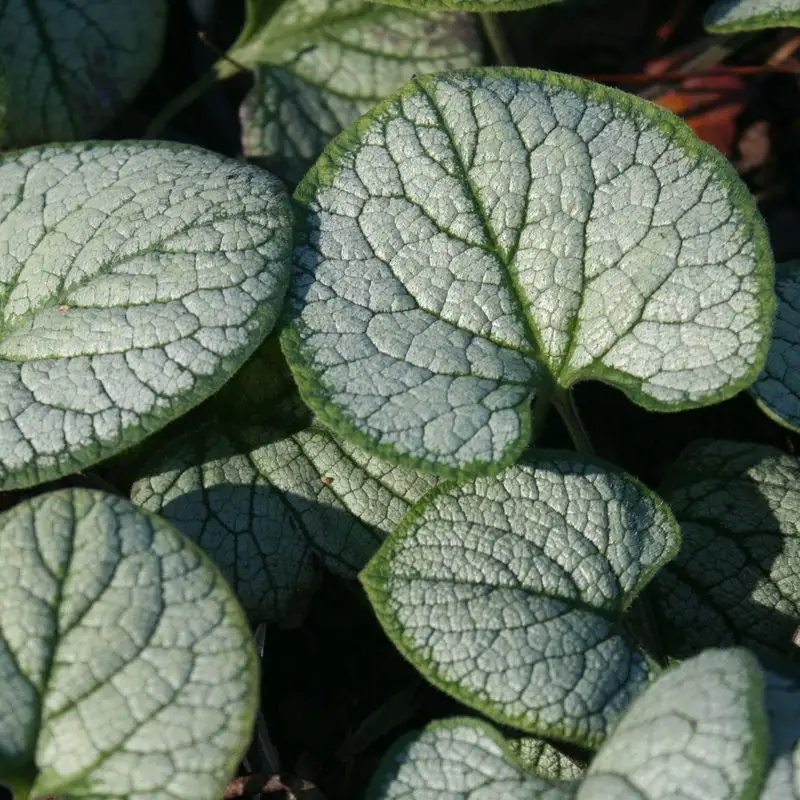
The heart-shaped leaves of Siberian Bugloss are truly eye-catching with their silvery veining. This plant doesn’t need flowers to make a statement in any shaded garden.
Its foliage remains the main attraction, providing a cool, refreshing visual that can brighten a dim space. Resilient and spread readily, it’s perfect for ground cover.
Here’s a fun tidbit: The name ‘Bugloss’ comes from the Greek word for ‘ox tongue’, referencing the rough texture of its leaves.
Lungwort
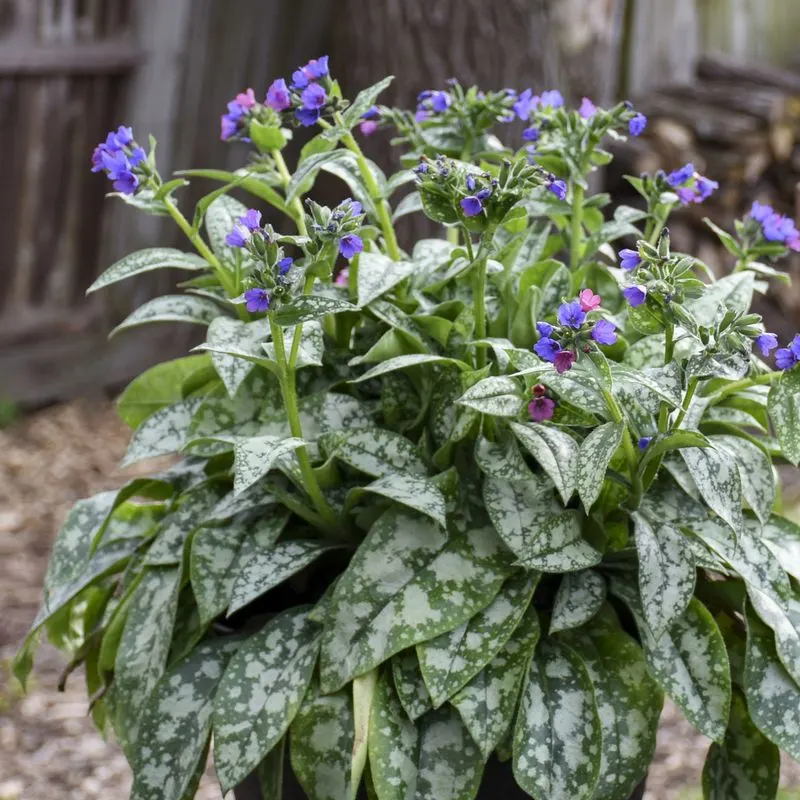
Lungwort is a charming plant with its unique spotted leaves and the occasional appearance of blue and pink flowers. While it may bloom, its foliage is the true star.
The intriguing leaf patterns provide texture and interest year-round, making it a staple in shade gardens. It’s beloved for its ability to thrive where others struggle.
Interesting fact: The name ‘Lungwort’ derives from its historical use in treating respiratory issues, though it’s now primarily a decorative plant.
Dead Nettle
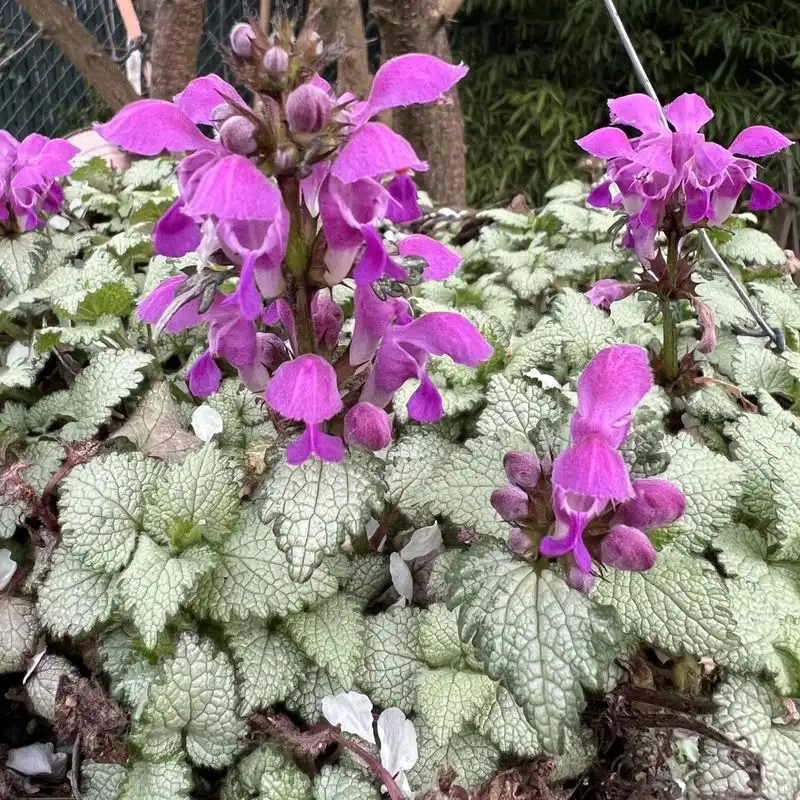
Dead Nettle, with its distinctive silver-patterned leaves, adds a touch of elegance to shaded spots. Though it produces small purple flowers, the foliage is its claim to fame.
The plant’s leaves catch light beautifully, creating a shimmering effect in dim corners. It’s an excellent choice for ground cover, spreading with ease.
Fun fact: Despite its name, Dead Nettle is unrelated to stinging nettles and is completely harmless to touch.
Foamflower
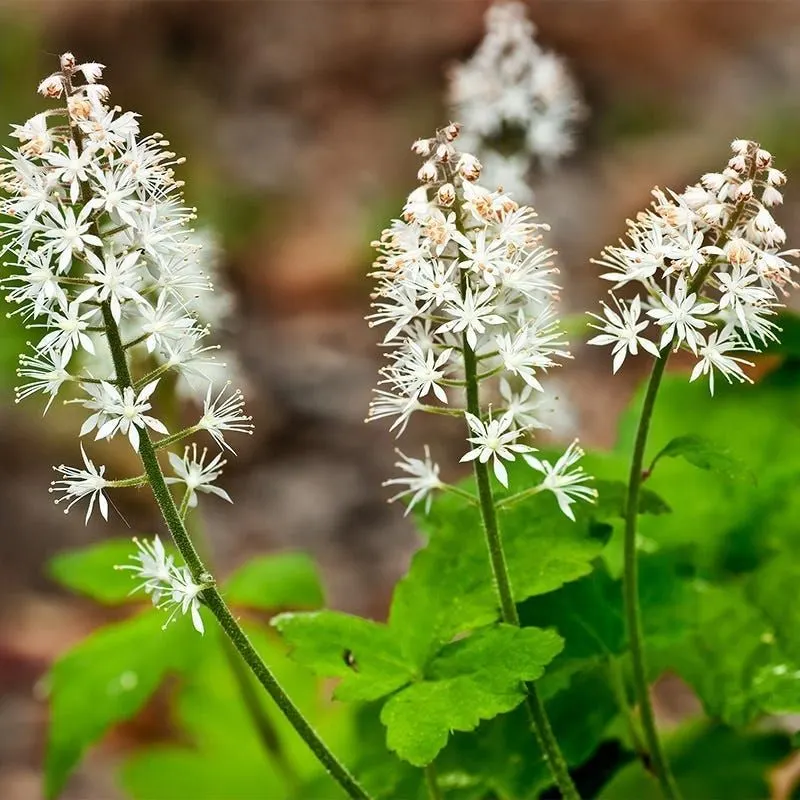
Foamflower enchants with its airy white blooms that emerge above scalloped green leaves. While it does flower, its foliage remains a key attraction.
The plant forms a lush carpet, adding texture and depth to shaded areas. Gardeners appreciate its ability to thrive in moist, dim conditions.
Did you know? Foamflower gets its name from the frothy appearance of its blooms, which resemble sea foam in a gentle breeze.
Japanese Painted Fern
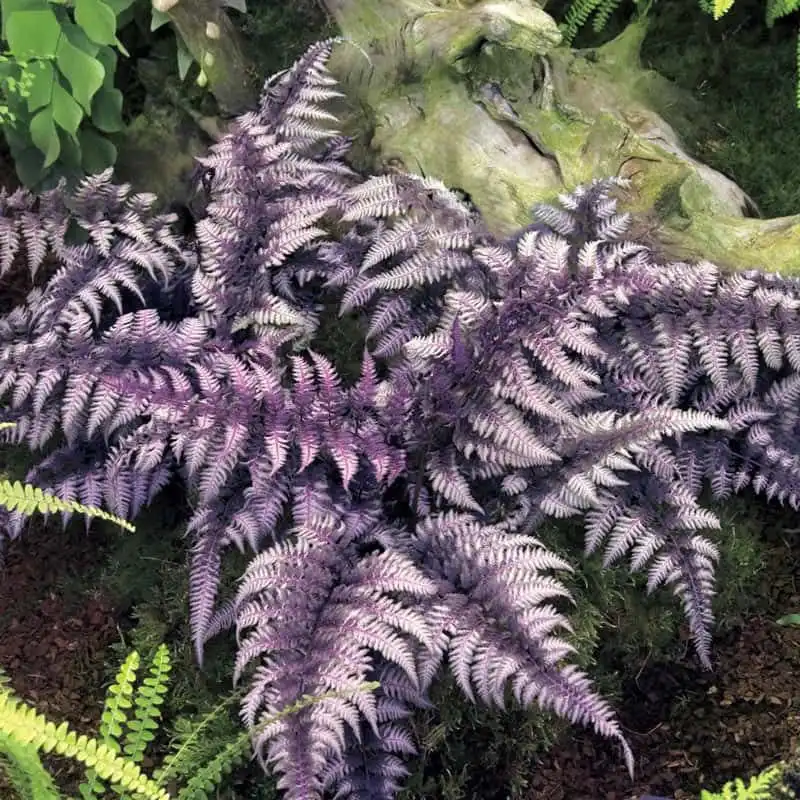
Japanese Painted Fern offers a striking display with its silvery fronds tinged with purple and green. This fern doesn’t bloom, yet it captivates with its unique coloration.
Its fronds lend an exotic flair to shaded gardens, thriving in moist soil and dappled light. It’s perfect for adding visual interest without flowers.
Fun fact: This fern’s dramatic hues can vary depending on light exposure, making each plant uniquely beautiful.
Brunnera
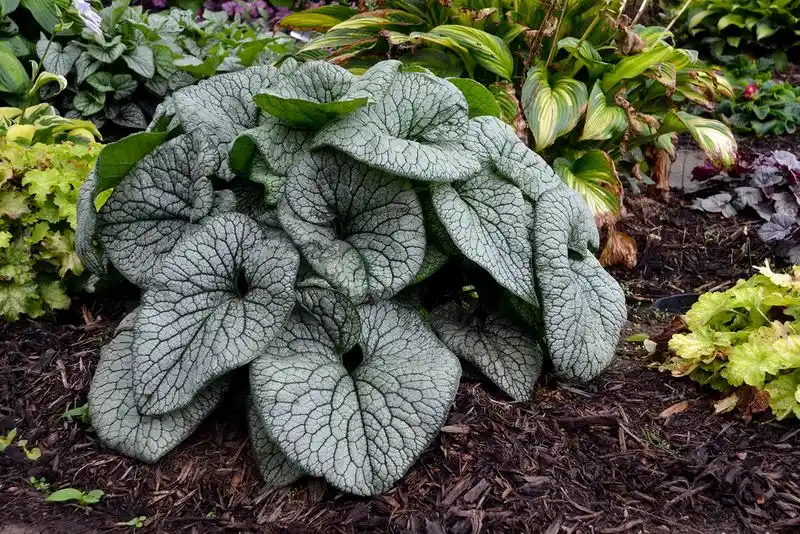
Often mistaken for forget-me-nots due to its delicate blue flowers, Brunnera is more acclaimed for its heart-shaped leaves. These leaves feature intricate silver patterns that draw the eye.
In shaded gardens, Brunnera provides a lush, textured ground cover, enhancing the area with its foliage more than its blooms.
Here’s an intriguing fact: The silver markings on Brunnera leaves can resemble a constellation of stars, giving the plant an ethereal quality.
Jack-in-the-Pulpit
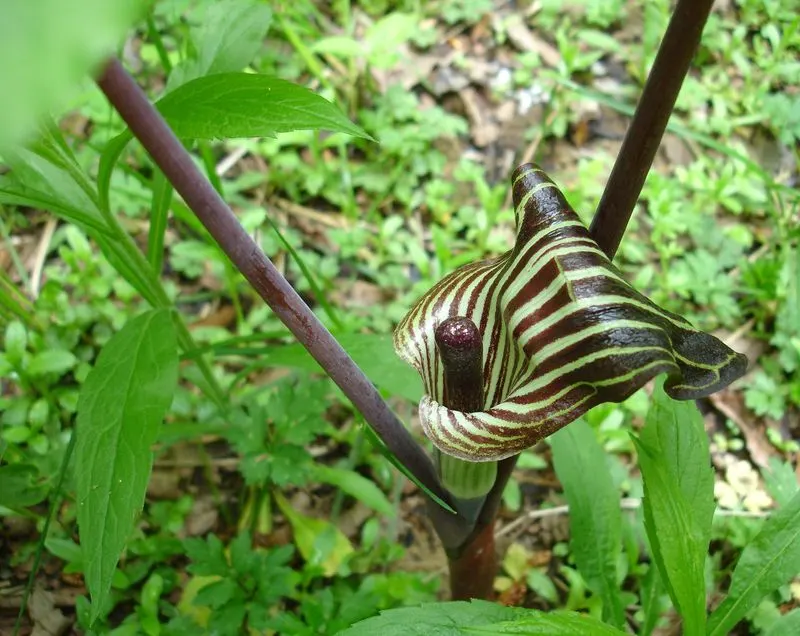
Jack-in-the-Pulpit is a woodland wonder with its unique hooded flower and striped green leaves. While it does flower, the plant’s foliage is often the most striking feature.
Its distinctive form adds an architectural element to shade gardens, where it thrives in rich, moist soil.
Fun tidbit: The plant’s name is inspired by its flower’s shape, which resembles a preacher standing in a pulpit.
Hart’s Tongue Fern
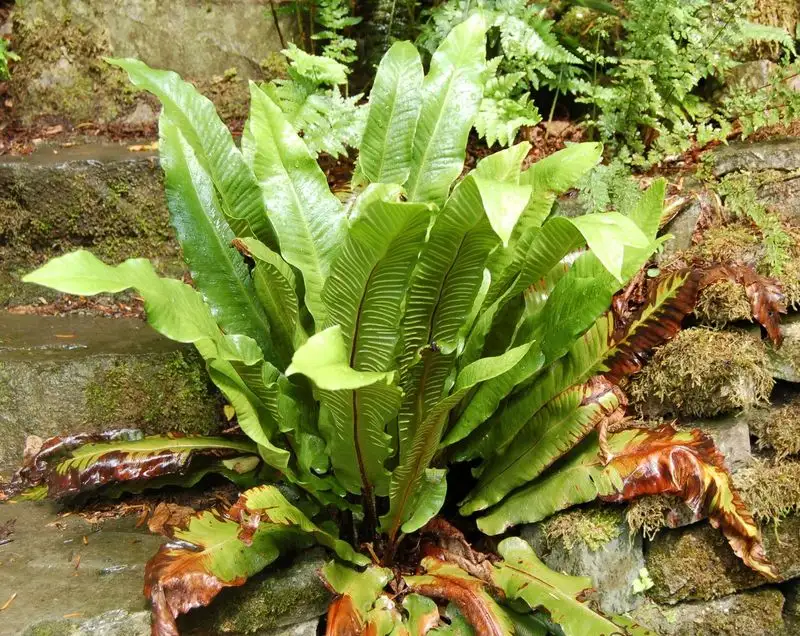
Hart’s Tongue Fern stands out with its glossy, strap-like leaves that remain evergreen. This fern doesn’t produce flowers but offers texture and greenery year-round.
It’s ideal for shaded rock gardens, where its unique leaf shape adds visual intrigue. The lush foliage provides both color and form.
Interesting note: The fern’s name comes from the resemblance of its leaves to a deer’s tongue, highlighting its distinctive appearance.
Rattlesnake Plant
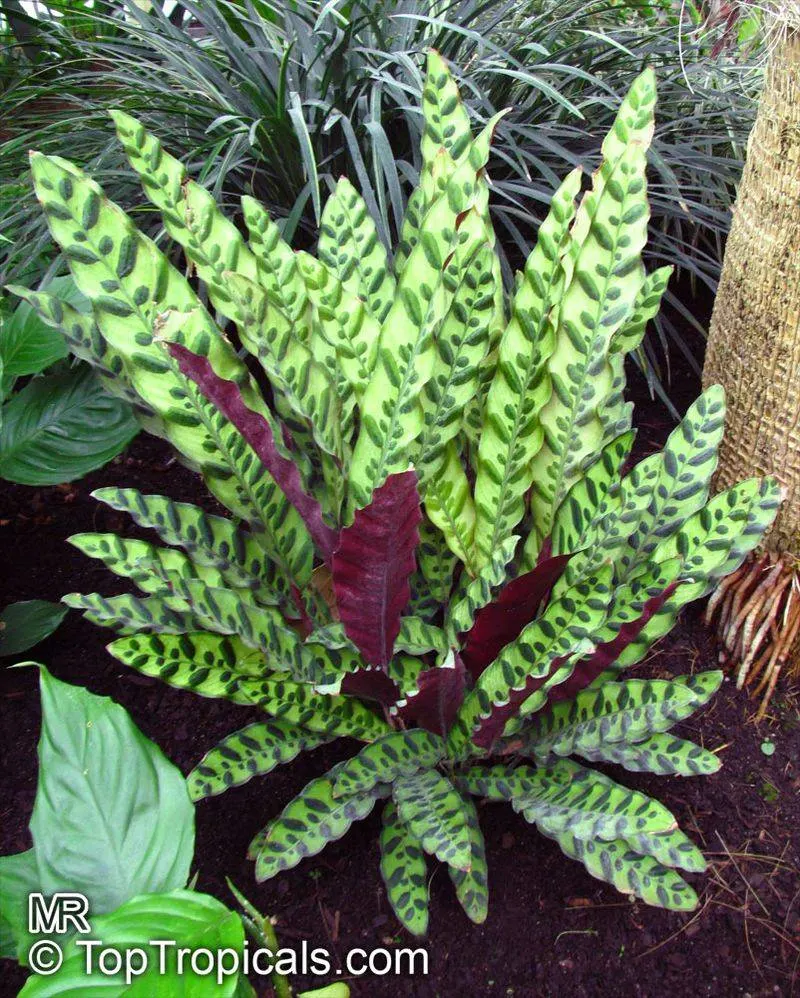
The Rattlesnake Plant, with its captivating foliage, steals the spotlight in any shaded space. Its elongated leaves feature rich dark green patterns interspersed with vibrant purple undersides.
Whether it’s nestled under a tree or brightening a dim room, this plant’s charm lies in its leaf artistry. The subtle movement of leaves, as they raise and lower with light, mimics a gentle dance.
Native to the Brazilian rainforests, the Rattlesnake Plant thrives in humidity. A quirky fact is its name, derived from the leaf pattern resembling a rattlesnake’s skin.
Bleeding Heart
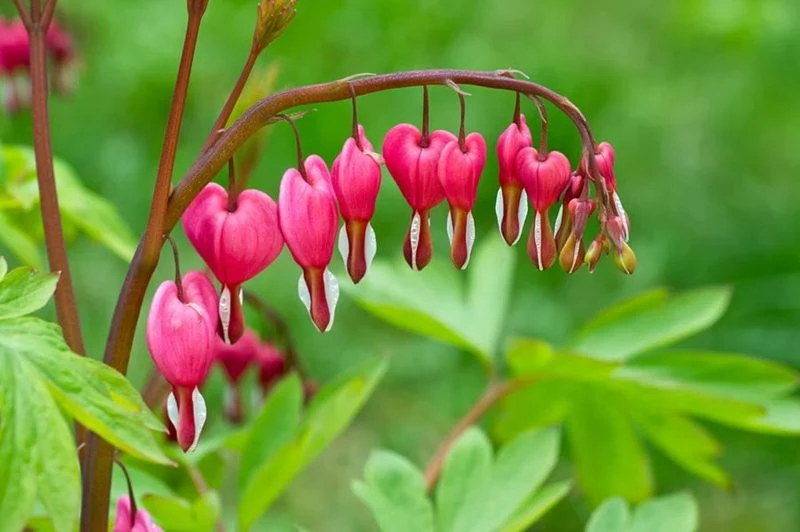
Bleeding Heart, with its poignant name, serves as a reminder of love’s delicate nature. This plant’s unique heart-shaped flowers drip with grace, each bloom resembling a poetic pendant.
In spring, its arching stems are adorned with pink and white blooms, offering a romantic allure amidst shaded gardens. The foliage adds a soft, fern-like texture, complementing its floral display.
Originating from Asia, Bleeding Heart captivates with both beauty and symbolism. It’s a living testament to nature’s artistry, blending form and emotion in one breathtaking exhibit.
Japanese Aralia
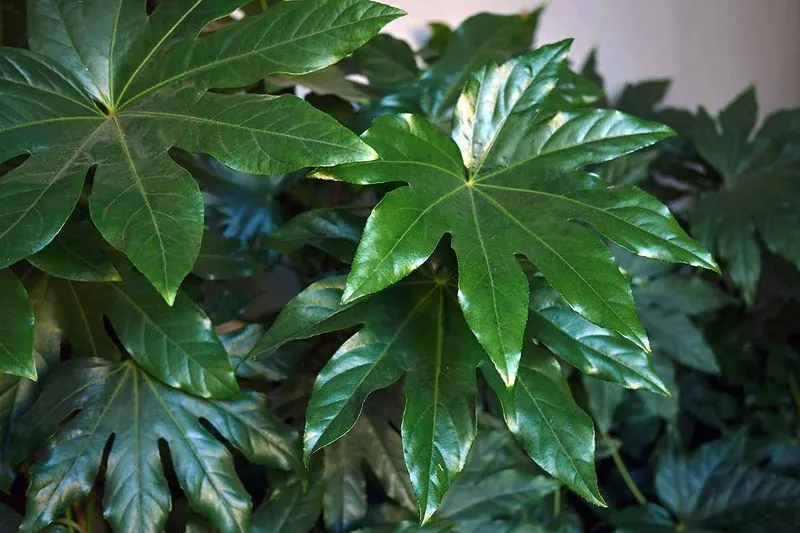
Japanese Aralia boasts an exotic flair with its broad, glossy leaves that catch the eye without a single bloom. Its lush greenery thrives in shaded areas, adding a tropical touch to any garden space.
This plant’s dramatic foliage brings a sense of grandeur, making it a favored choice for those seeking low-maintenance beauty. The leaves’ shape and size provide an architectural element to landscapes.
Popular in Japanese gardens, Aralia offers a serene backdrop, embodying tranquility and elegance. Fun fact: it’s also known as “Fatsia” and is celebrated for its air-purifying qualities.
Toad Lily
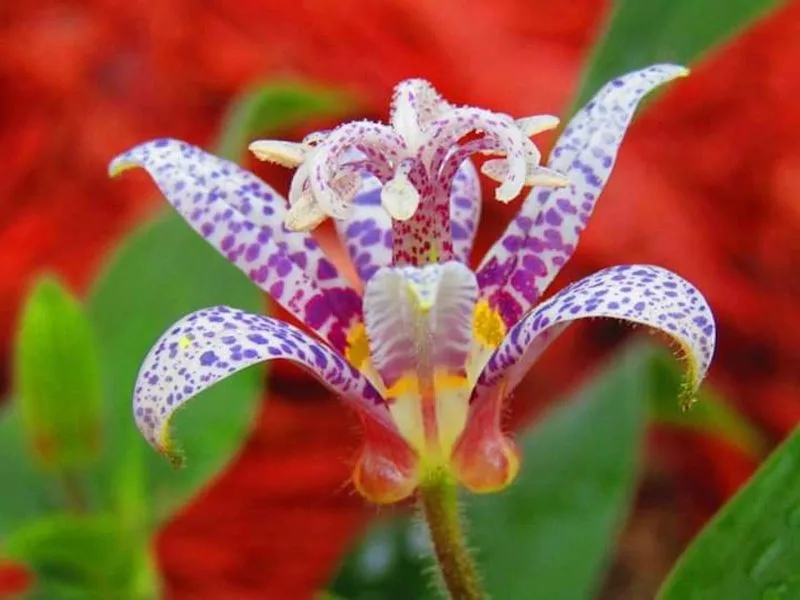
Toad Lily surprises with its late summer blooms, offering a burst of color when many plants are fading. Its intricate petals are speckled with purple and white, resembling an artist’s delicate brushstrokes.
These charming blooms emerge in the shade, transforming quiet corners into vibrant displays. The plant’s arching stems and lush leaves add to its enchanting appeal.
Native to the woodlands of Asia, Toad Lily thrives in moist soil. A fun fact about this plant is its late bloom season, often extending color into the fall, making it a beloved garden feature.

